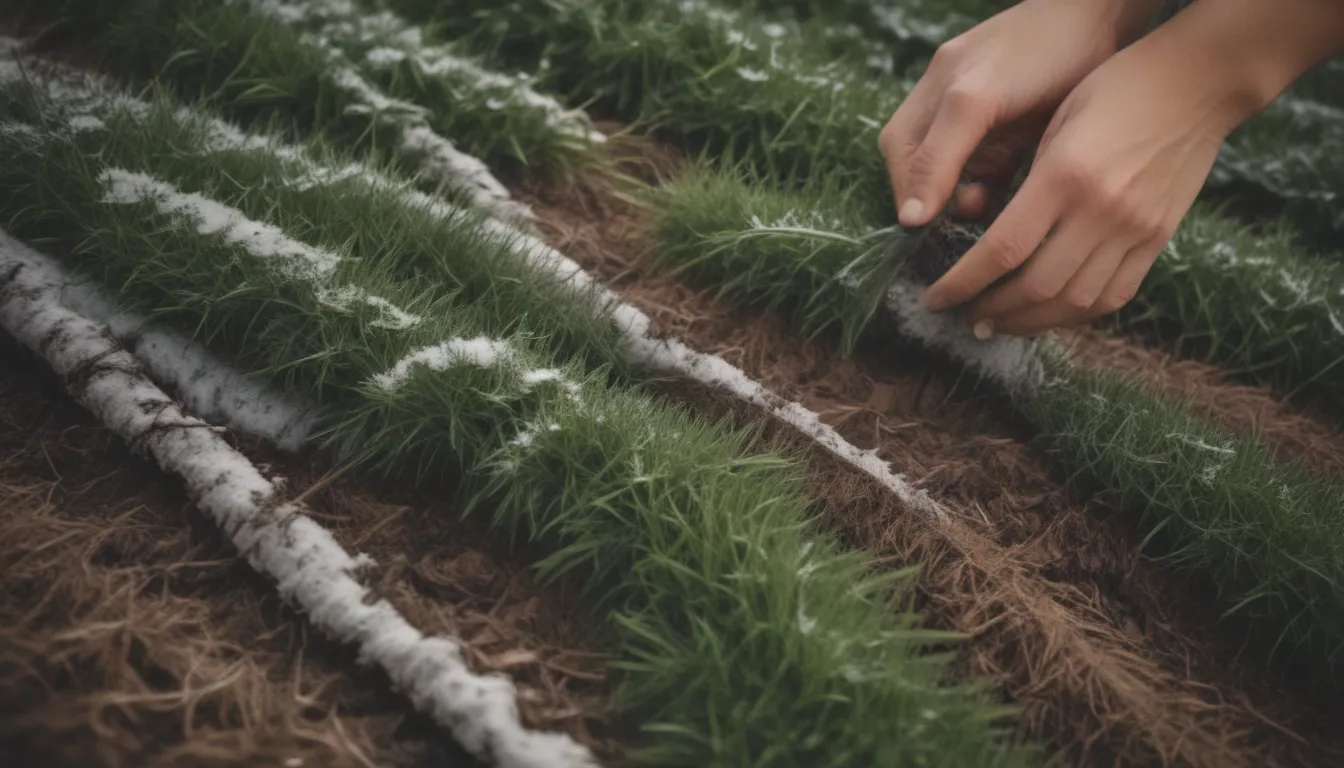Everything You Need to Know About Winter Fertilizer for Your Lawn

Winter is often thought of as a time when your lawn goes dormant and doesn’t need any attention. However, applying winter fertilizer to your lawn can make a significant difference in how it looks and performs once spring rolls around. In this article, we’ll dive deep into the world of winter fertilizer, covering what it is, when to apply it, how to choose the right one, and much more.
What Is Winter Fertilizer?
Winter fertilizer, also known as “winterizer,” is specifically formulated to nourish your lawn during the cold winter months when grass is no longer actively growing. By applying winter fertilizer in late fall, you’re providing essential nutrients to the roots of your grass, setting it up for a healthy spring. This type of fertilizer is designed to help your lawn withstand the harsh conditions of winter and come back strong when warmer weather arrives.
Fall is the perfect time to strengthen your lawn’s root system and store vital nutrients. If you missed out on feeding your lawn earlier in the season, a winterizer can help make up for it. By giving your grass a boost in the fall, you’re ensuring that it has everything it needs to thrive in the months ahead.
The Benefits of Applying Winter Fertilizer
Applying winter fertilizer offers a range of benefits for your lawn, including:
– Promoting root growth: Winter fertilizer helps strengthen the root system of your grass, making it more resilient to harsh winter conditions.
– Enhancing spring growth: By providing essential nutrients in the fall, you’re setting your lawn up for a healthy and vibrant growth spurt in the spring.
– Protecting against cold weather: Winter fertilizer can help your grass withstand freezing temperatures and other winter stressors.
When Is the Best Time to Apply Winter Fertilizer?
The ideal time to apply winter fertilizer is just after your grass stops growing in the fall but before it goes completely dormant. This typically falls in the months of November and December in many parts of the United States. However, it’s essential to check your local regulations before applying fertilizer, as some areas have restrictions on when you can fertilize your lawn.
In Washington, D.C., for example, fertilizing your lawn is prohibited between November 15 and March 1. Be sure to research the laws in your area to ensure you’re applying winter fertilizer at the right time.
How to Choose the Right Winter Fertilizer
When selecting a winter fertilizer for your lawn, there are a few key factors to consider:
– Synthetic vs. organic: Decide whether you want to use a synthetic fertilizer or an organic option like compost. Compost can be a great natural alternative if you have access to it.
– NPK ratio: Look for a winter fertilizer with a balanced NPK ratio, such as 21-0-20. This ratio ensures your grass gets the right mix of nitrogen and potassium to thrive in the winter months.
Choosing the right winter fertilizer will help provide your lawn with the nutrients it needs to stay healthy and strong throughout the winter.
Tips for Applying Winter Fertilizer
Applying winter fertilizer correctly is key to ensuring your lawn gets the most benefit from it. Here are some tips to keep in mind:
– Timing: Apply winter fertilizer after your last mowing of the year when the grass is shorter and the root system is more accessible.
– Weather conditions: Choose a day with no heavy rain in the forecast to prevent the fertilizer from washing away.
– Clean up: Be sure to clean up any fertilizer that lands on sidewalks or driveways to prevent runoff into water systems.
By following these tips, you can make sure your lawn receives the full benefits of winter fertilizer application.
Other Winter Fertilizer Tips and Considerations
Here are a few additional tips and considerations to keep in mind when fertilizing your lawn in the winter:
– Use less than recommended: It’s better to apply less fertilizer than the package suggests to avoid overfeeding your lawn.
– Timing: Apply winter fertilizer about 4 to 5 weeks after your fall fertilizer application to ensure it has enough time to penetrate the soil before it freezes.
– Consider other plants: While trees and shrubs shouldn’t be fertilized in winter, a fall application can support root growth and overall health.
By following these additional tips, you can ensure that your lawn and other plants get the nutrients they need to thrive in the winter months.
Wrap Up
In conclusion, applying winter fertilizer is a crucial step in keeping your lawn healthy and vibrant throughout the cold winter months. By understanding what winter fertilizer is, when to apply it, how to choose the right type, and best practices for application, you can set your lawn up for success in the spring. Remember to check your local regulations, choose the right fertilizer for your needs, and follow best practices for application to ensure your lawn looks its best year-round.
Remember, a little care in the winter can go a long way towards a lush, green lawn in the spring!





